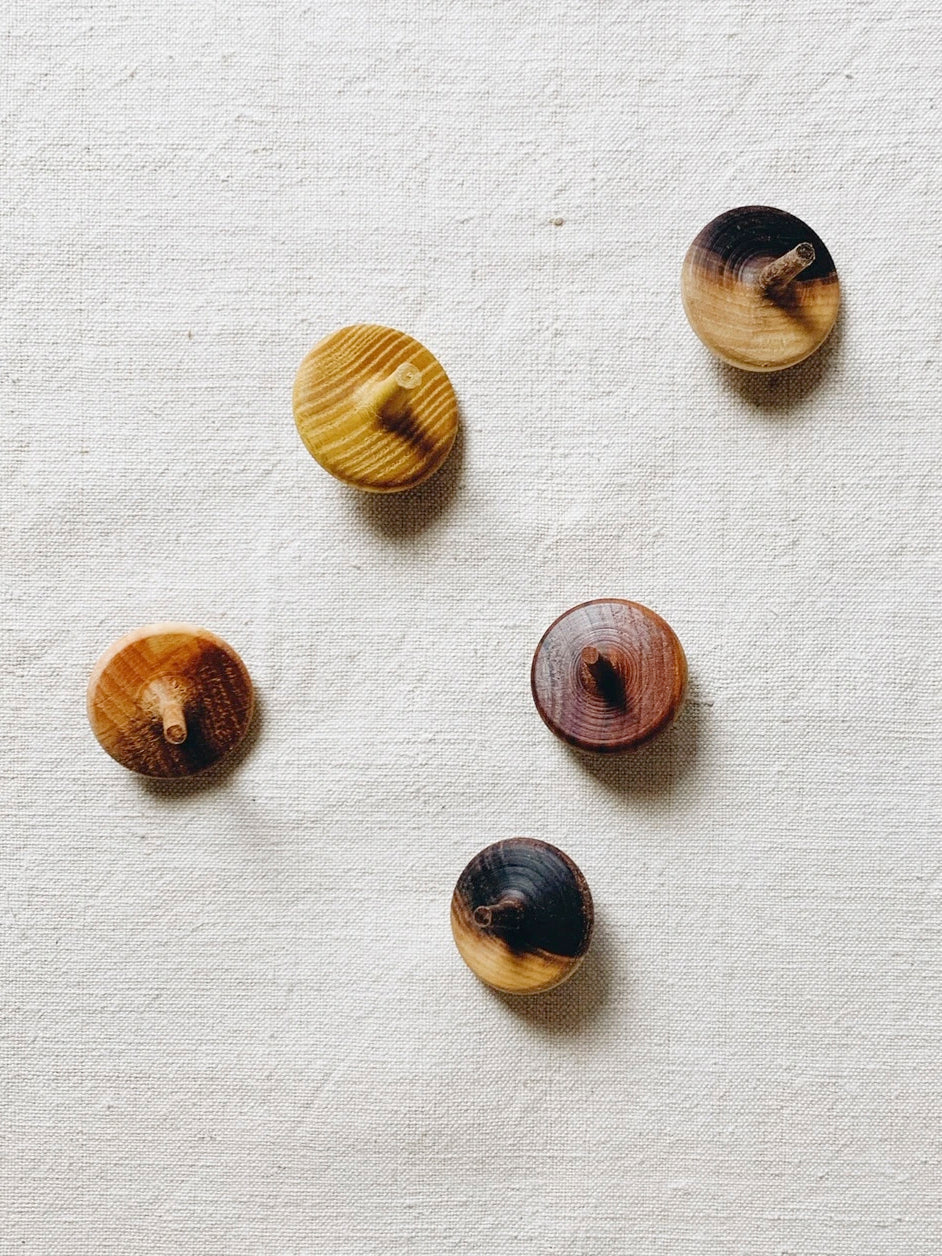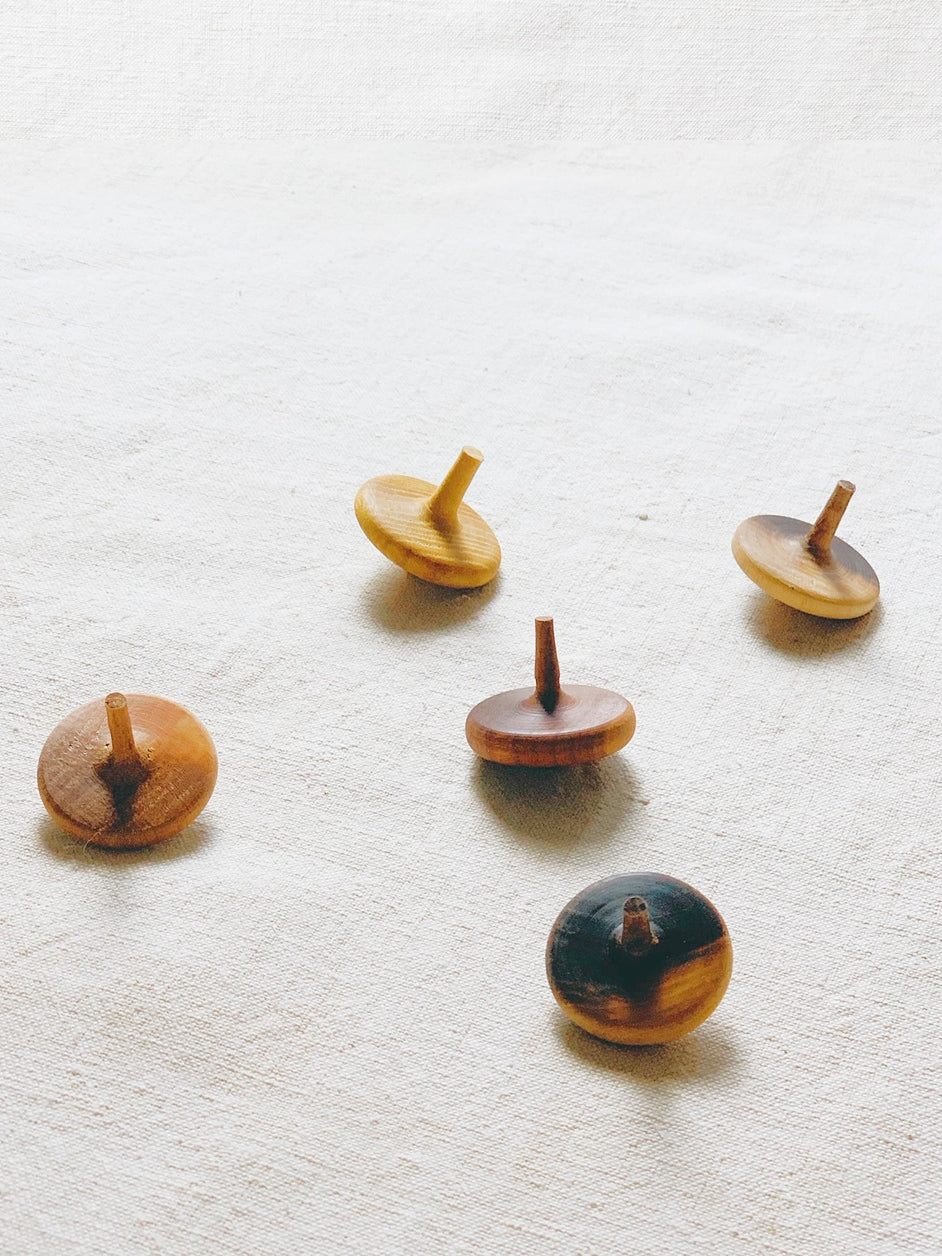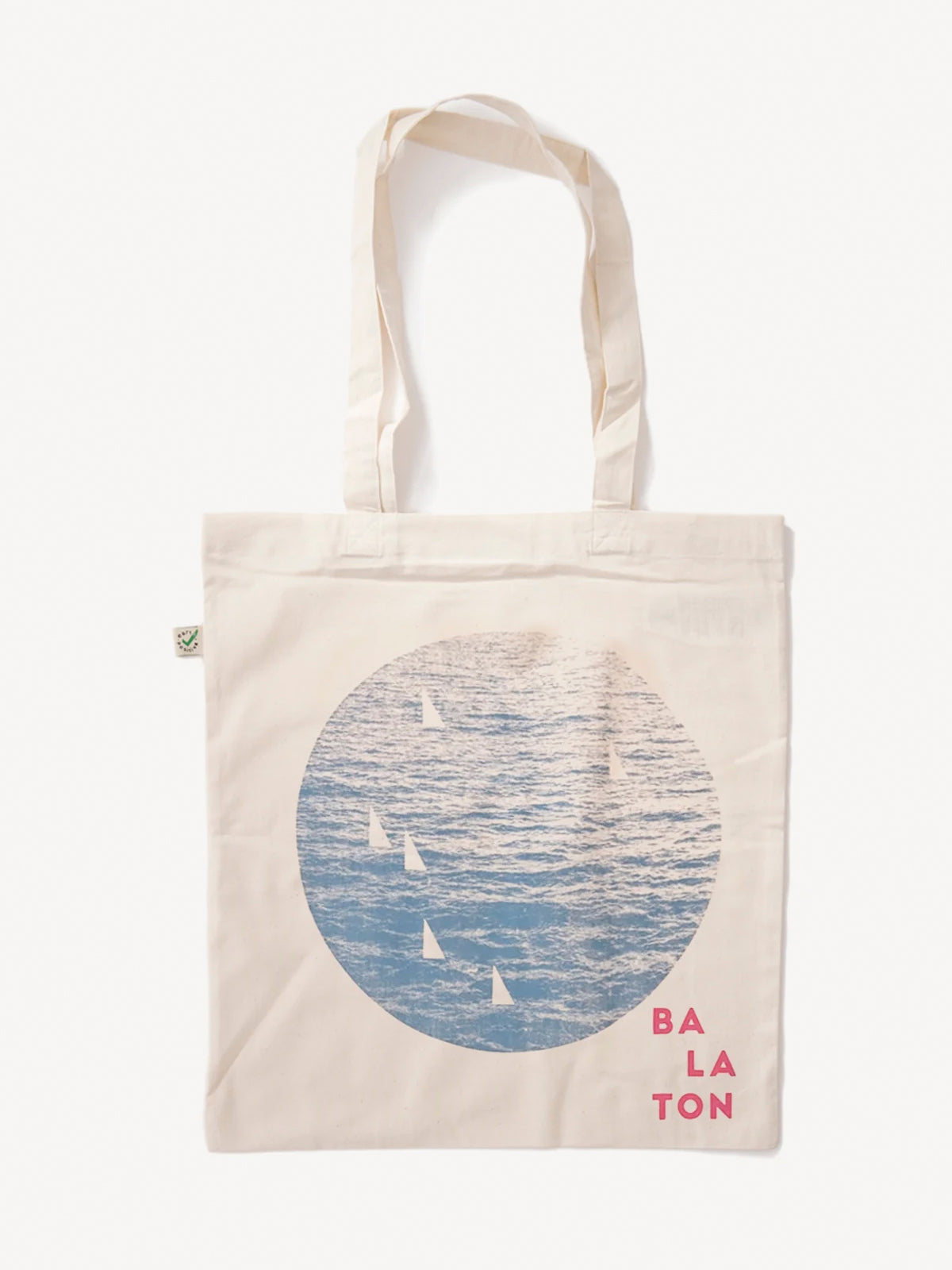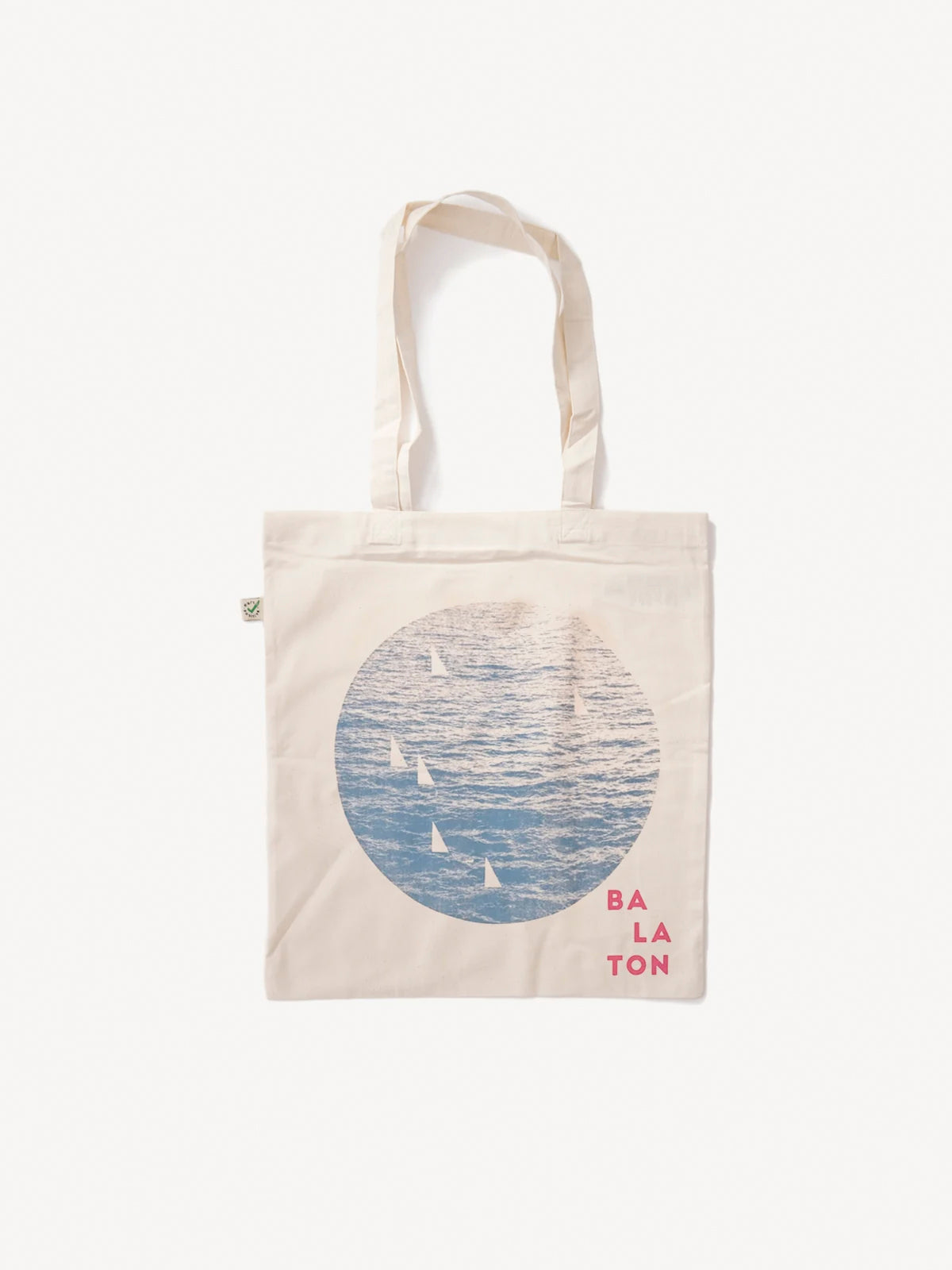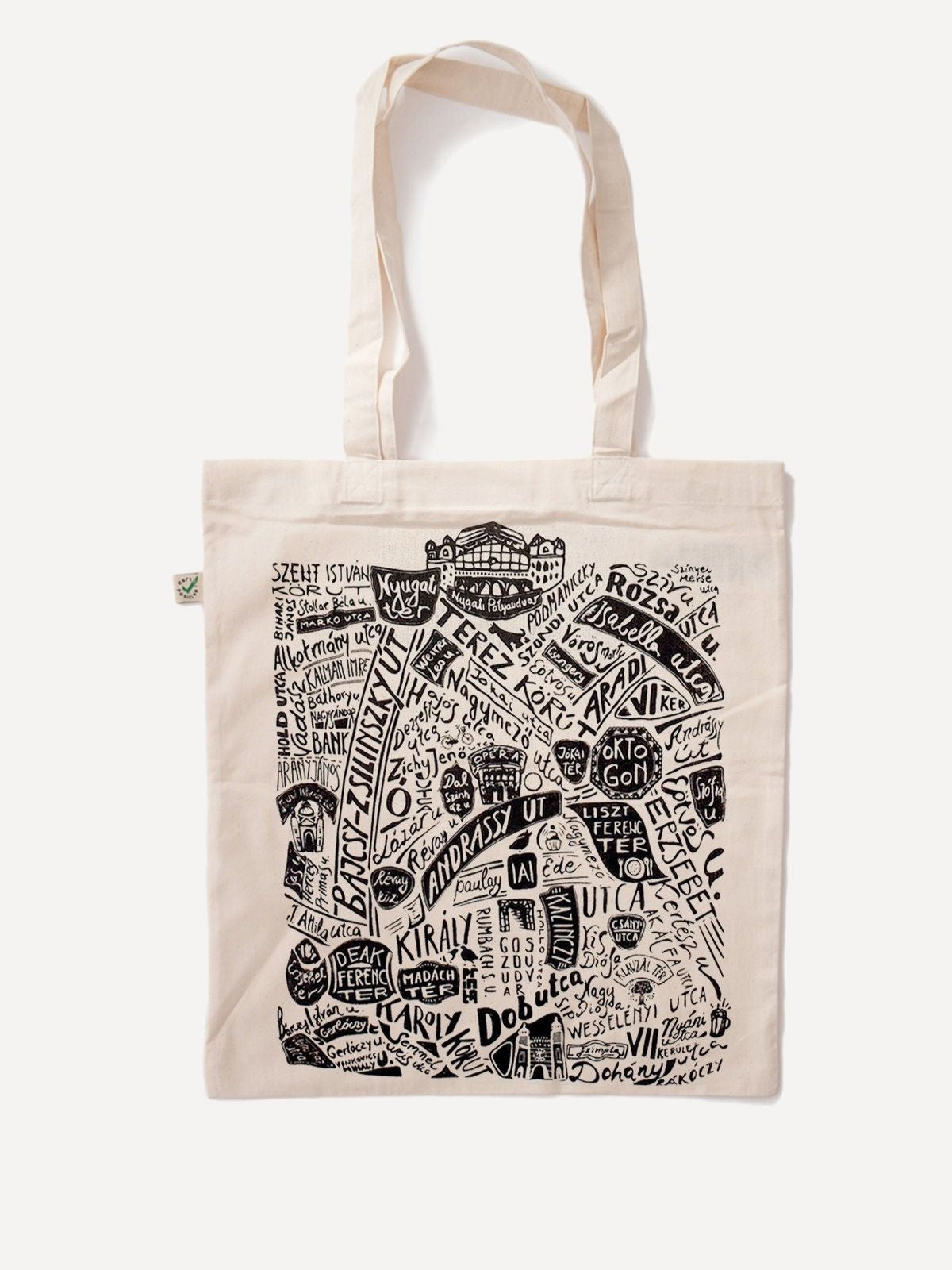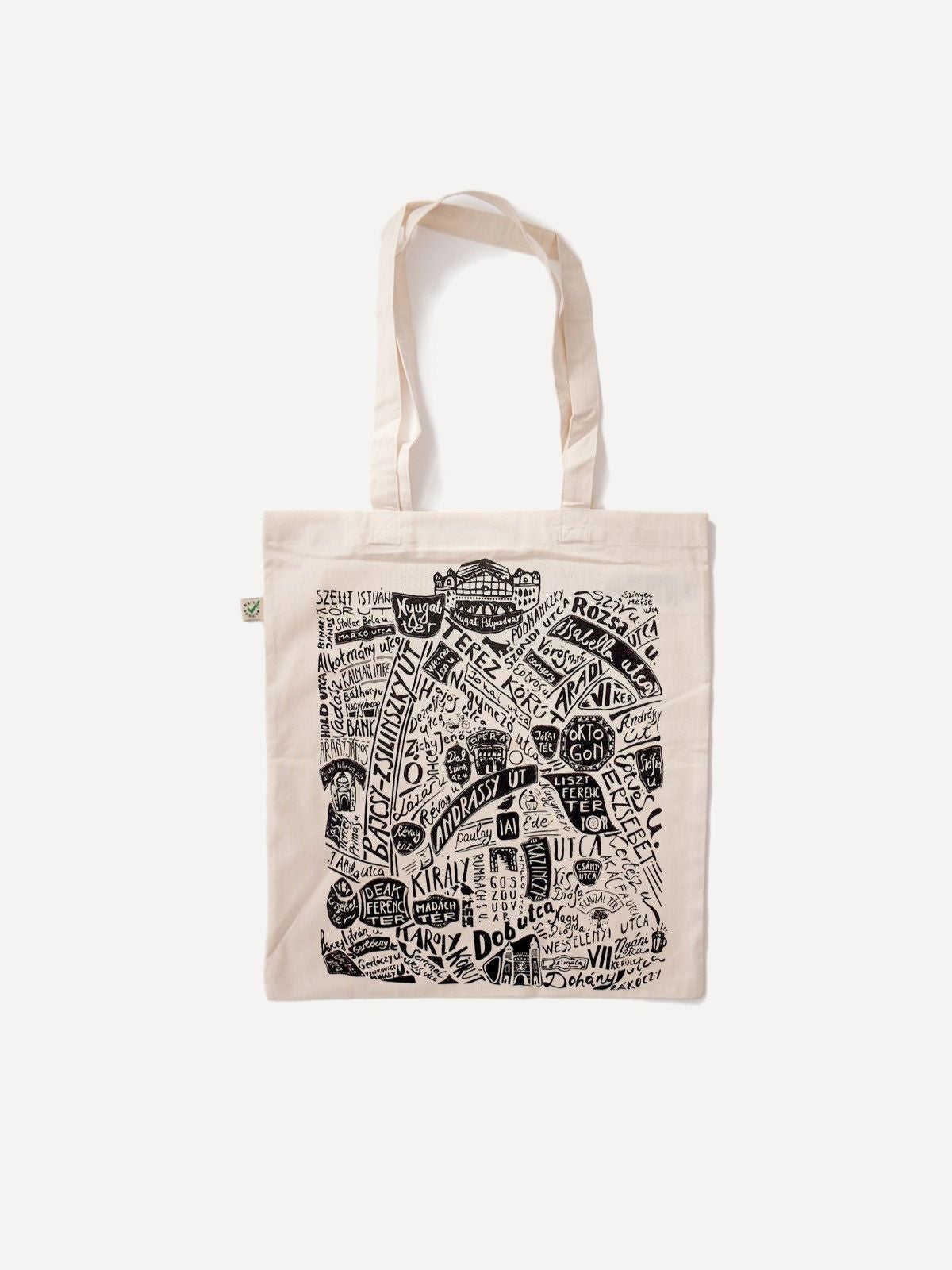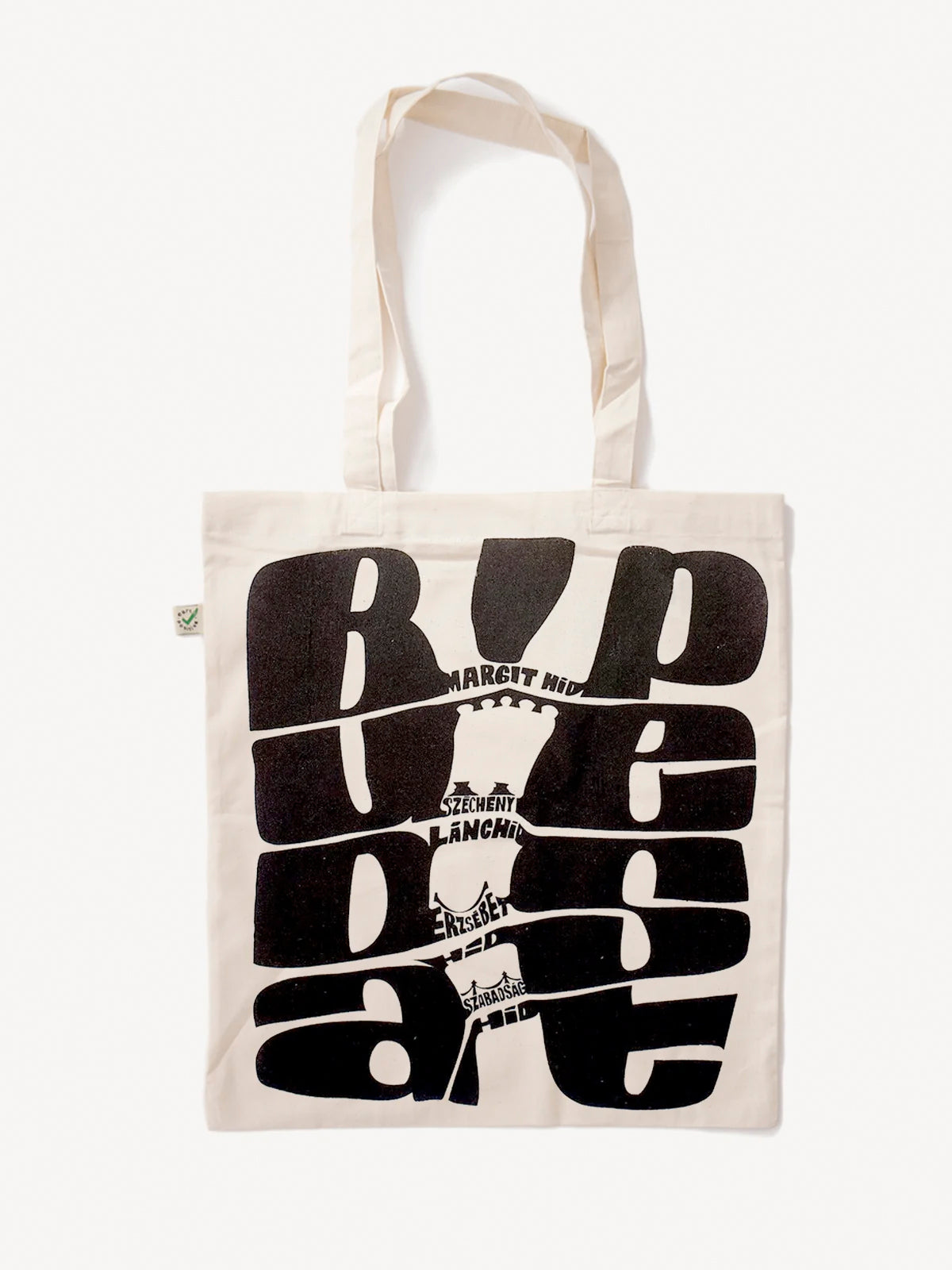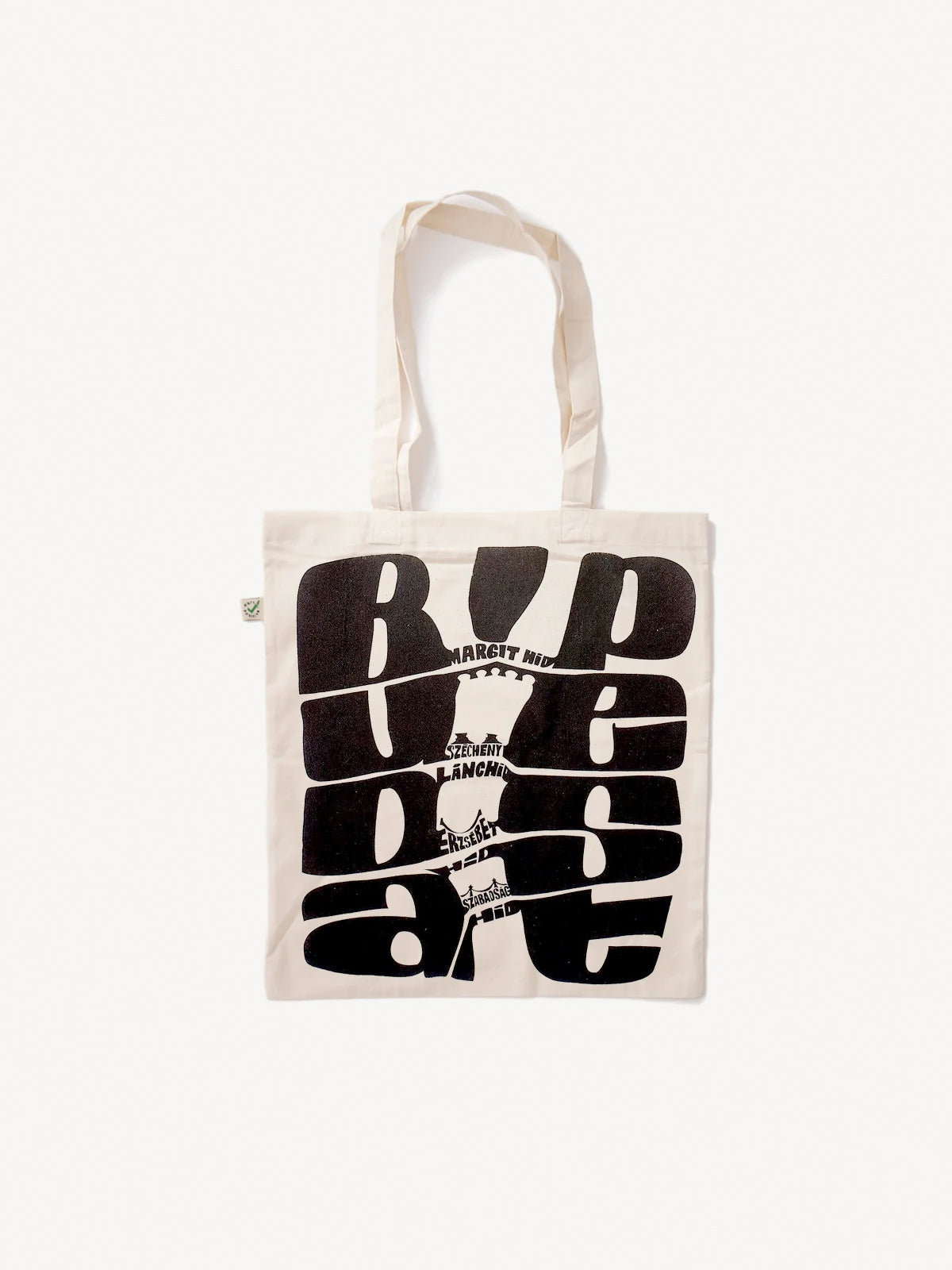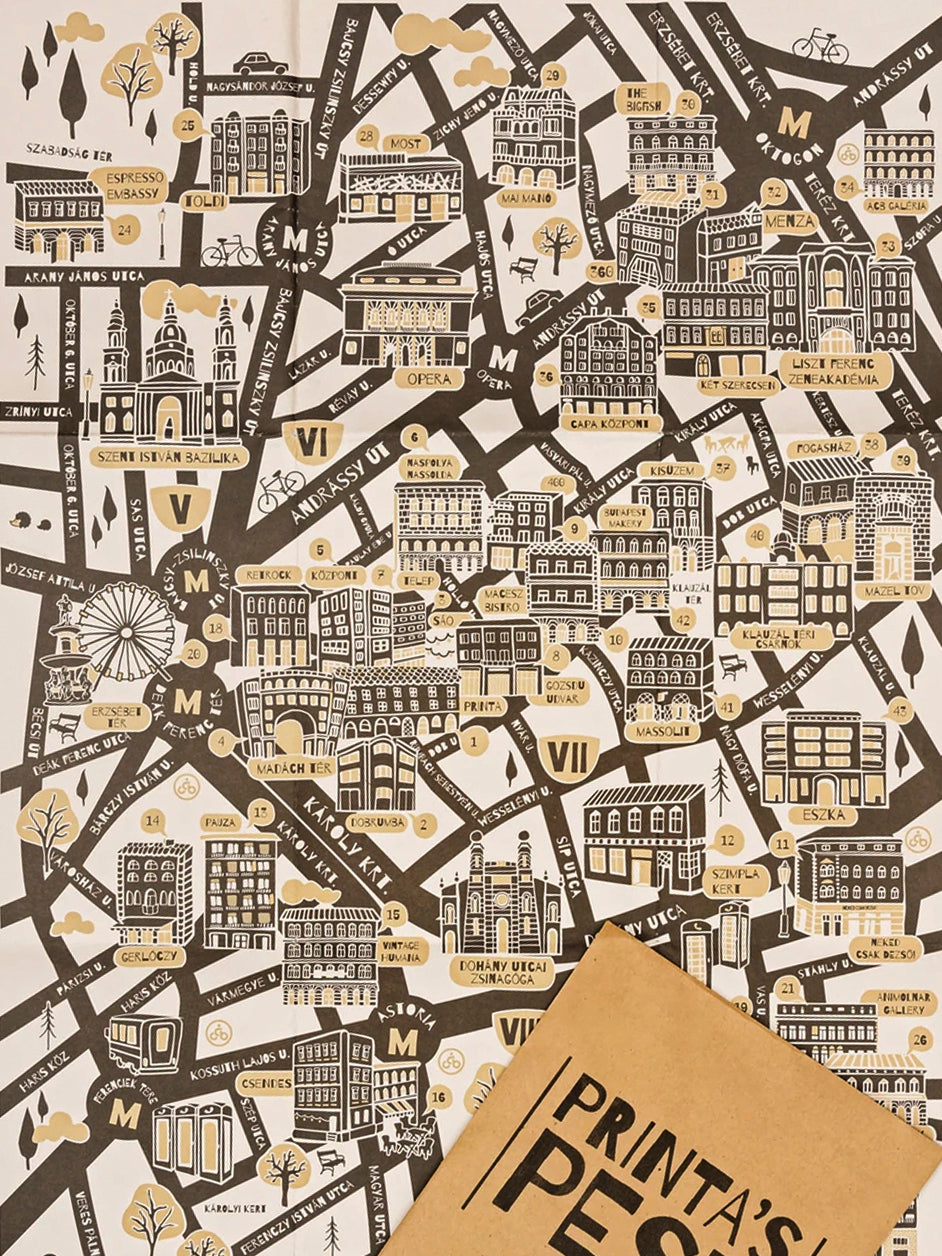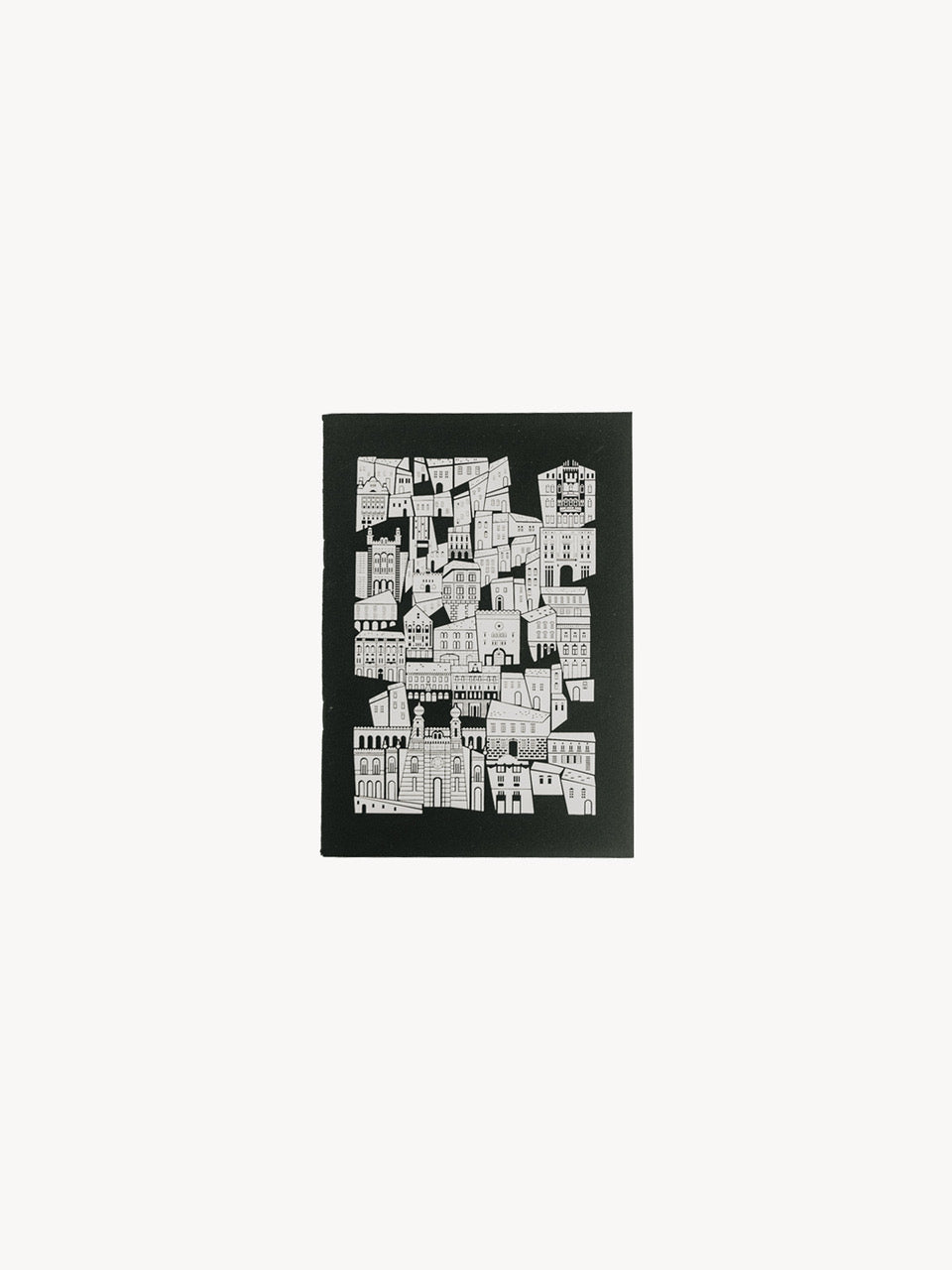We have great news for you: after a long break due to the epidemic, our courses can now be visited again. Printa workshop leader Dániel Varga-Bálint leads the thematic courses, who started the season with a new mini-collection of his own. In today's article, we present Bálint's new collection and water-based screen printing in a little more detail.

THE NEW MINI COLLECTION
Dániel Varga-Bálint joined Printa in 2018, then as a trainee. In 2019, he graduated from the KREA School of Art, majoring in graphic design, and from 2020 he is the head of the Workshop. We welcomed his first joint collection with Printa in October 2020, the continuation of which has now arrived: a four-piece mini-collection that also explores human relationships.

"The hand that reaches out, takes what it wants, what moves when it wants. The individual, as he looks at himself when he is with someone else, and is he an individual when he is with someone else. Other begins where I end, or is there something in common? In summary, the relationship and connection between two people, and the questions that arise in this, which occupied me during the work."

The collection consists of four different prints that form a harmonious whole. You can decorate your surroundings with the APHRODISIAC andMEADOW posters, and the AMPHORA and BALCSI t-shirts can add color to your wardrobe.
All samples available in Printa are made by hand using water-based screen printing. Our courses are built one by one around this, thematically. But what exactly is water-based screen printing, and what are the arguments in favor of water-based ink?
SILK PRINTING
Screen printing is the process of transferring a pattern to a smooth surface (using water-based paint only on paper or textile), and the finished pattern is made durable by "ironing" at a high temperature. This method can be used to create high-quality, sharp (if the pattern so desires) and vivid patterns in an environmentally friendly way. During the courses, Bálint introduces you in detail to the mysteries of screen printing, from the first step to the post-treatment, and with his help you can also go through the steps.

Copyright © Harry Wad , CC BY 2.5 , via Wikimedia Commons
A: paint, B: embossing knife (rack), C: screen fabric (e.g. gauze), D: wax surface, E: wooden frame, F: the screen print
THE PAINT
There are two broad categories of paints: plastisol and water-based. The first is a plastic-based paint that "sits" on the chosen textile, while the water-based one is a more environmentally friendly choice and is absorbed into the given fabric, so the result really looks as if the material was hand-dyed. That is why water-based paint leaves behind a light, soft print, so the material remains comfortable to the touch and wear, while heavy, full-bodied patterns can be made with plastisol. Water-based paint is also more durable, but it may show uniform fading after many washes and regular use.
Another important aspect is the "breathability" of the material. Because the water-based dye is absorbed deeper into the fabric, most of the openings between the fibers remain open. This allows water-based prints to ventilate more than plastisol prints, which tend to clog these tiny gaps.
Would you like to try water-based screen printing yourself? Subscribe to our newsletter to be the first to know about the latest workshops!
